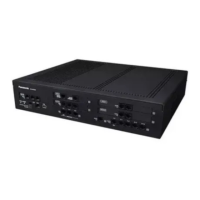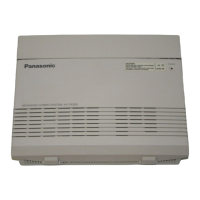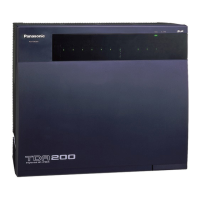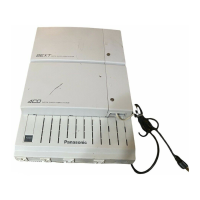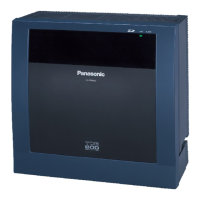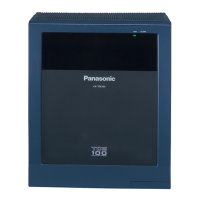How to fix 'cannot register the IP-PT' on my Panasonic Telephone?
- EericabradleyAug 30, 2025
If you cannot register the IP-PT on your Panasonic Telephone, and you are not using a DHCP server, set the IP address, subnet mask address, and enter the PBX IP address. If necessary, also enter the IP address of the default gateway. If you are using a DHCP server, enter the PBX IP address.

















